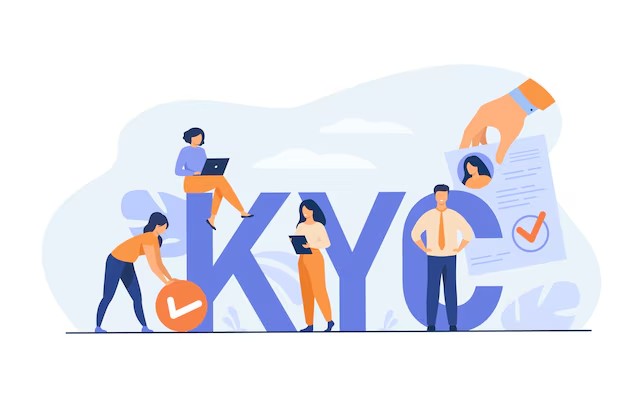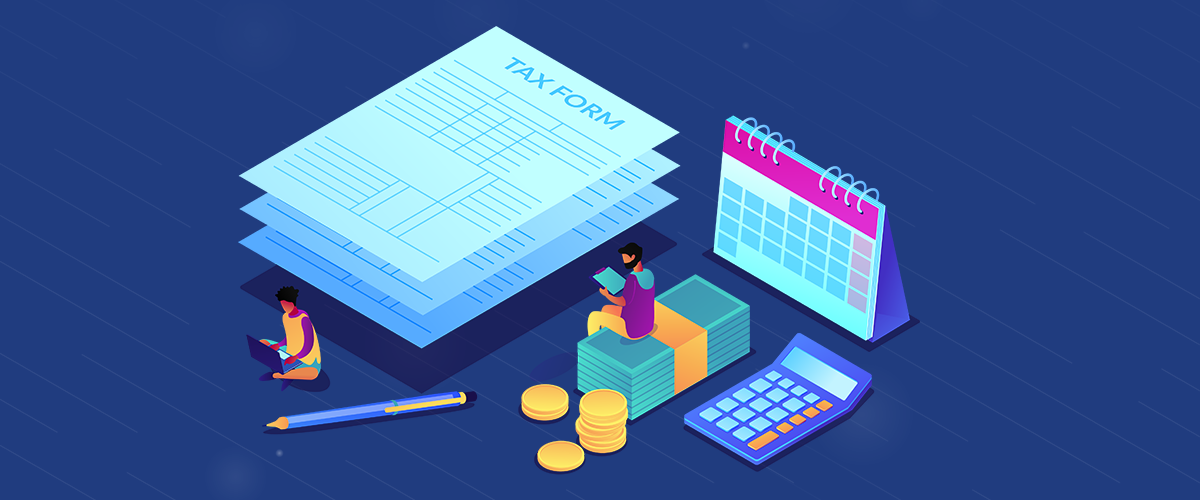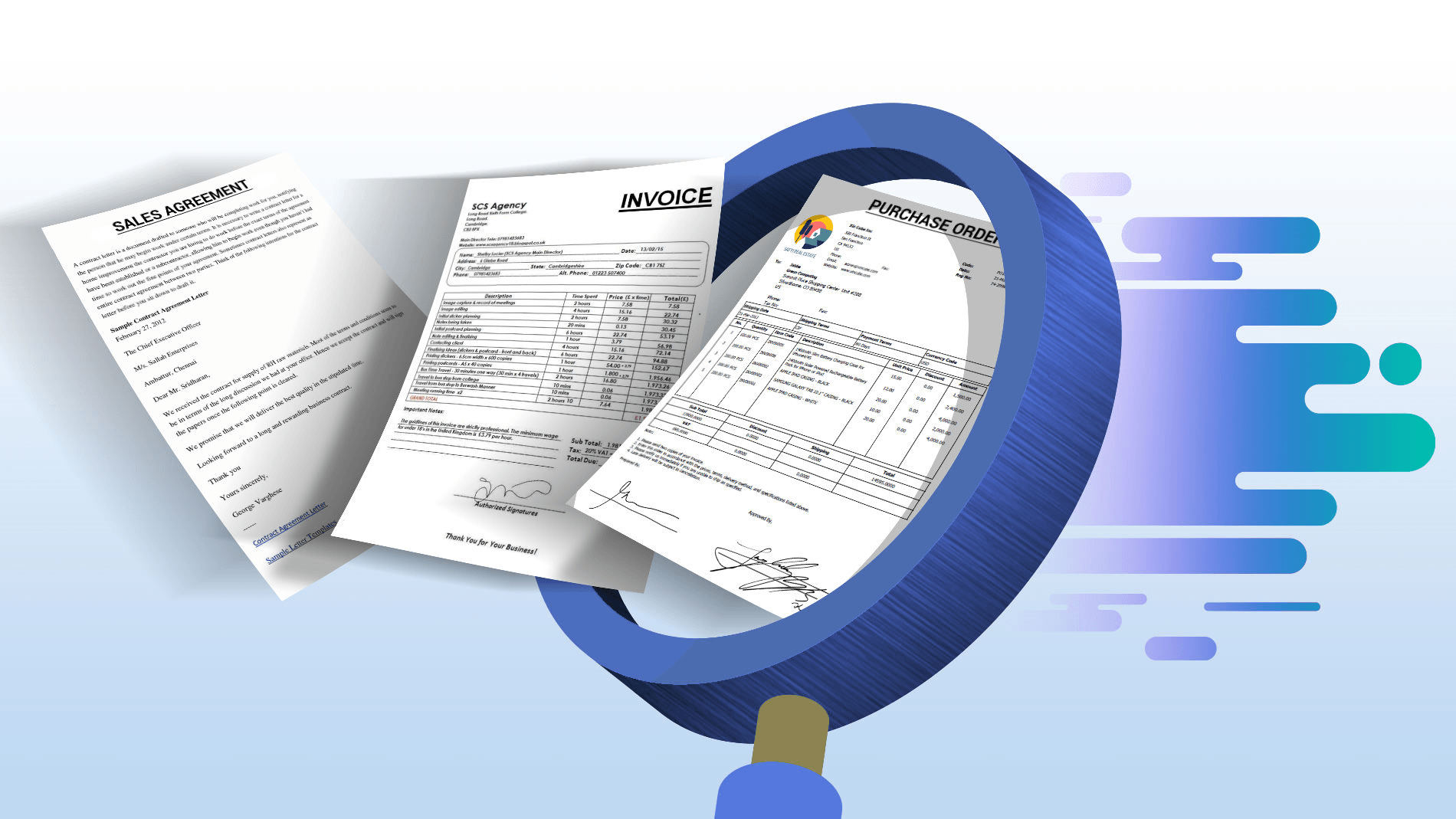Overdraft
Many businesses find themselves in a fix when they need to make urgent transactions to their client but are short of funds. Sometimes they may issue a cheque that exceeds their account balance, which naturally bounces and inadvertently costs them dishonor charges.

An overdraft facility allows you to withdraw funds from a
fixed lined of credit as and when you need to repayment
is also easy and hassle- free as you can repay what you
borrow at your convenience. This makes an overdraft
facility one of the best and most desired credit
options.
Banks offer overdrafts for the salaried
individuals against their salary too you can get an
overdraft limit up to 10 – 15 times of your
salary. To avail such an overdraft, you need to have a
salary account.
which is available in something like
this: –
- Approach the bank
- Check overdraft eligibility
- Submit documents.
- Verification took place
- Approval comes
- Dispatch
Some characteristics of personal loan: –
- It is totally unsecured flexible loan
- Unlimited part payment option without T & C.
- Without using the money there will be no interest.
- Monthly rate of interest is 1.16% to 1.20%.
- Interest calculation is on daily basis.
- ROI is totally in reducing nature. After every part payment interest will be count on left amount
- No fix EMI [just interest on used amount]
- Can use an amount for couple of day, week, month, and year.
- No locking period [pay principle any time]
- No transaction cost.
- Can get fund in working two days after all documentation.
- Can use same limit multiple times.
- No multiple documents for reusing the same limit.
- No again any process for reusing the same limit.
- This facility gets for 5 to 7 years.
Is an Overdraft a Loan?
Overdraft is essentially a loan since the account holder borrows the money from the bank or a financial institution. However, the banks only charge interest on the period for which the amount is borrowed.
What is an Overdraft Account or Facility?
Features of an Overdraft Facility
Credit Limit – Banks or lending institutions provide overdraft facilities to their account holders after determining the credit limit. The limit is calculated based on a variety of background checks on the applicant, and each account holder has a different credit limit.
Interest Rate – When you avail of the overdraft facilities on your account, you pay interest only on the borrowed amount. The banks generally calculate the interest daily and bill it monthly to the account holder. In the case of a lapse of payment, the bank adds the interest to the principal amount. The next month’s interest is then calculated based on the updated principal amount.
No Prepayment Charges – Unlike with some other types of loans where prepayment attract charges, the banks seek no such fees in the case of an overdraft.
No Installments – For the overdraft facility, the banks do not ask for the repayment of the amount through easy monthly installments (EMIs). The borrower returns the money as soon as he can, along with the overdraft fees. However, to maintain a healthy credit score, it’s a good practice to pay the amount in time.
Joint Accounts Overdrafts – You can apply for the overdraft facility even in the case of joint accounts. If you borrow the money, the responsibility of timely repayment lies equally on both the account holders.
How is an Overdraft paid back?
As you keep borrowing money, the due amount to be paid increases. A daily interest or overdraft fee is charged on the borrowed amount until you repay the full amount. However, you don’t need to repay it all at once. You can pay the lender back in parts, as and when convenient to you, as long as the lender allows you to do so.
As you pay the amount back, the due amount decreases, and hence the interest also decreases. Once you’ve made the full repayment to your bank by depositing the amount in your account, you are eligible to borrow again within the credit limit set by your lender.
How is the interest calculated in an Overdraft Facility?
Since there are no monthly repayments to be made in case of overdrafts, and the amount is to be paid either fully or partially in lump sums, daily interest is charged on the due amount until the applicant pays the amount in full.
Here’s an example of how an Overdraft facility works
Suppose person A owes Rs 5000 to person B and issues a cheque for the same amount to him. However, person A only has Rs 3000 in their bank account. So the cheque is likely to bounce due to insufficient funds. However, if A’s bank has provided them with an overdraft credit of more than 2000 INR, the cheque will go through, and person B will receive the amount in full.
The banks considered Rs 2000 as borrowed, and the bank will charge overdraft fees on the amount until person A pays the amount back in full.
How to apply for an Overdraft Facility?
To apply for overdraft facilities, apply to your bank or lender either in person or on their official website. Once you have sought an overdraft account facility, your bank will start looking into your application and run various background checks. If they’re satisfied with your ability to pay the amount back, you will be notified via an email or an SMS and will receive the amount in your account like any other type of loan. You can also get your account pre-approved for overdraft by applying in advance with all the necessary documents. In the case of pre-approved accounts, the account will automatically go into overdraft once the balance dips to nil.
How eligibility for an Overdraft is determined?
The banks determine your business’s eligibility for an overdraft based on three factors:-
- Financial Viability of the Business/Individual: Banks ask for the financial statements, tax statements, and bank statements of the business entity as well as its primary owners to check whether the business is financially viable to repay the borrowed amount. Some of the important criteria are your business’s turnover, profitability, debt-equity ratio, working capital ratio and banking turnover.
- Vintage of the business: When applying for an overdraft, the documents related to your business’ incorporation will determine the vintage. Ideally, it should be more than two years for being eligible for the facility.
- Collateral value: Most overdraft facilities require security or collateral. The bank determines the market value and verifies legal ownership of the pledged security. The Loan to value (LTV) ratio – the amount which you want to borrow divided by the value of the security — should meet the bank’s requirements to avail the facility. Most banks require LTV to be at least 80% for lending the proposed amount.
- Credit Score: Banks determine the credit score such as CIBIL of the business entity as well as its primary owners (proprietor, partners, directors, owners of the property) to verify their creditworthiness. The ideal CIBIL score should be 750 or more.
What are the documents required for the application?
Here is a list of documents you’ll need to apply for Overdraft facilities:
KYC documents
- Pan Card
- Aadhaar Card
- Voter ID Card
- Passport
- Rent Agreement
- Registered Lease Deed
- Electricity Bill


Income Proof
- Income tax returns (ITR) with computation of income
- Profit & Loss Account
- Balance Sheet
Business Documents
- VAT
- Sale Tax
- GST
- Latest office address proof
- Company profile on the letterhead of the firm
- Latest bank account statement
- Memorandum & Article of Association


Loan Documents (Applicable only if you have previously taken a loan)
- Sanction Letter
- Latest loan account statement
- Loan repayment track
- Bank Statement for the last 12 months
- Loan closure proof if the loan is closed
Advantages and disadvantages of an Overdraft
Advantages:
- Avoid Transaction Failure: If overdraft facilities are available on your account, you will be able to carry out transactions even after your account balance becomes zero and avoid dishonor charges.
- Dynamic Repayment: Overdraft facilities allow you to repay the borrowed amount at your convenience and don’t enforce any monthly payments. You can pay the amount back partially or in full, as per your financial condition and preferences.
- Interest on borrowed amount: Another advantage of overdraft facilities is that the daily interest is charged only on the borrowed amount and not the full principal, as is the case with other types of loans.
Disadvantages:
- Higher Interest Rates: Compared to other forms of loan, the banks levy a higher rate of interest on the amount borrowed as an overdraft. The interest is levied daily, however one has to clear dues monthly.
- Cannot be used to borrow large amounts: Banks do not extend a line of credit exceeding a certain proportion of average account balance, and hence, you cannot use an overdraft facility to withdraw a large amount. Also, the higher interest rates make it an unfavorable option for higher sums of money.
- Bank dependency: The bank can ask for repayment sooner than the stipulated timeline or change the borrowing limit.
Difference between Overdraft and other loans
One of the major differences between overdraft and other facilities is that the bank charges interest on the borrowed amount daily. Another difference is that there are no monthly repayment compulsions or EMIs. The account holder can simply deposit the due amount back in their bank account as and when the funds are available.
Difference between Overdraft and Cash Credit
Cash credit and overdraft are working capital facilities, and both the products work the same way. But some technical differences between these two set them apart.
A cash credit facility looks at the value of stock and inventory when calculating LTV. In the case of an overdraft, the bank only considers the primary collateral such as residential property for LTV.
Secondly, to avail cash credit, the business has to hypothecate its stock and inventory as collateral along with the additional property. Also, based on the business’ performance, the banks can revise the limit up to which a company can borrow, which is not applicable in an Overdraft.
.png)
